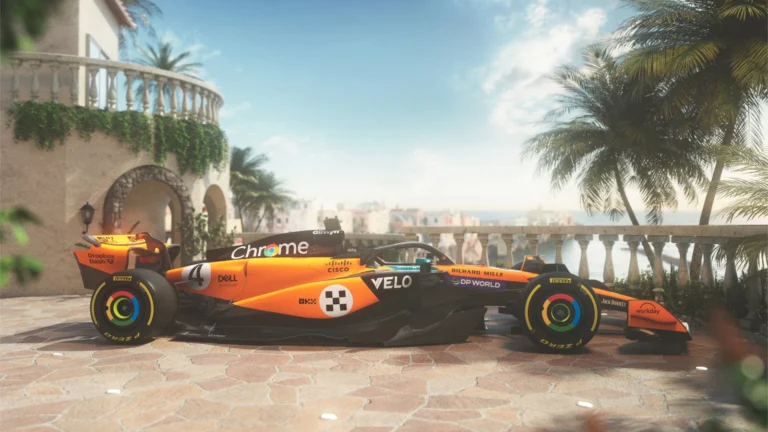Ferrari Poised to Capitalize on Monaco’s New Two-Stop Mandate
The FIA’s recent implementation of a mandatory two-stop rule for the Monaco Grand Prix has introduced a significant shift in race strategy, potentially offering a competitive edge to teams with superior pit stop efficiency. Among these, Ferrari stands out, with its pit crew leading the standings this season, amassing 221 points, well ahead of competitors like McLaren .
This regulation change aims to enhance the spectacle of the Monaco GP, a race historically criticized for its processional nature due to the circuit’s narrow layout and limited overtaking opportunities. By mandating at least two pit stops and the use of a minimum of two different tyre compounds in dry conditions, the FIA seeks to introduce strategic variability and unpredictability into the race .
Ferrari’s advantage lies not only in their rapid pit stops but also in their strategic acumen. The team’s ability to execute swift and well-timed tyre changes could allow their drivers to gain crucial track positions during the race. This is particularly pertinent in Monaco, where overtaking on track is notoriously challenging, making pit strategy a vital component of race success.
Lewis Hamilton, now driving for Ferrari, has expressed support for the new rule, noting that it aligns with his long-standing advocacy for measures that enhance race excitement. He believes that the two-stop mandate could play to Ferrari’s strengths, potentially facilitating his pursuit of a first feature race win with the team at Monaco .
However, not all drivers share this optimism. Reigning World Champion Max Verstappen has acknowledged the potential for increased excitement but remains cautious about the actual impact on overtaking opportunities, given the circuit’s inherent limitations. He noted that while the additional pit stops could introduce new dynamics, the fundamental challenges of the track might still limit overtaking .
The new rule also introduces complexities regarding tyre selection and management. Teams must now strategize around the use of different tyre compounds, balancing performance and durability to optimize race outcomes. This adds another layer of tactical decision-making, where Ferrari’s experience and data-driven approach could prove advantageous.
As the Monaco Grand Prix approaches, the effectiveness of these regulatory changes will be closely observed. While the intention is to invigorate the race with strategic diversity and increased unpredictability, the true impact will only be evident once the cars take to the streets of Monte Carlo under the new rules. For Ferrari, this presents an opportunity to leverage their operational strengths and potentially secure a significant result in one of Formula 1’s most prestigious events.
